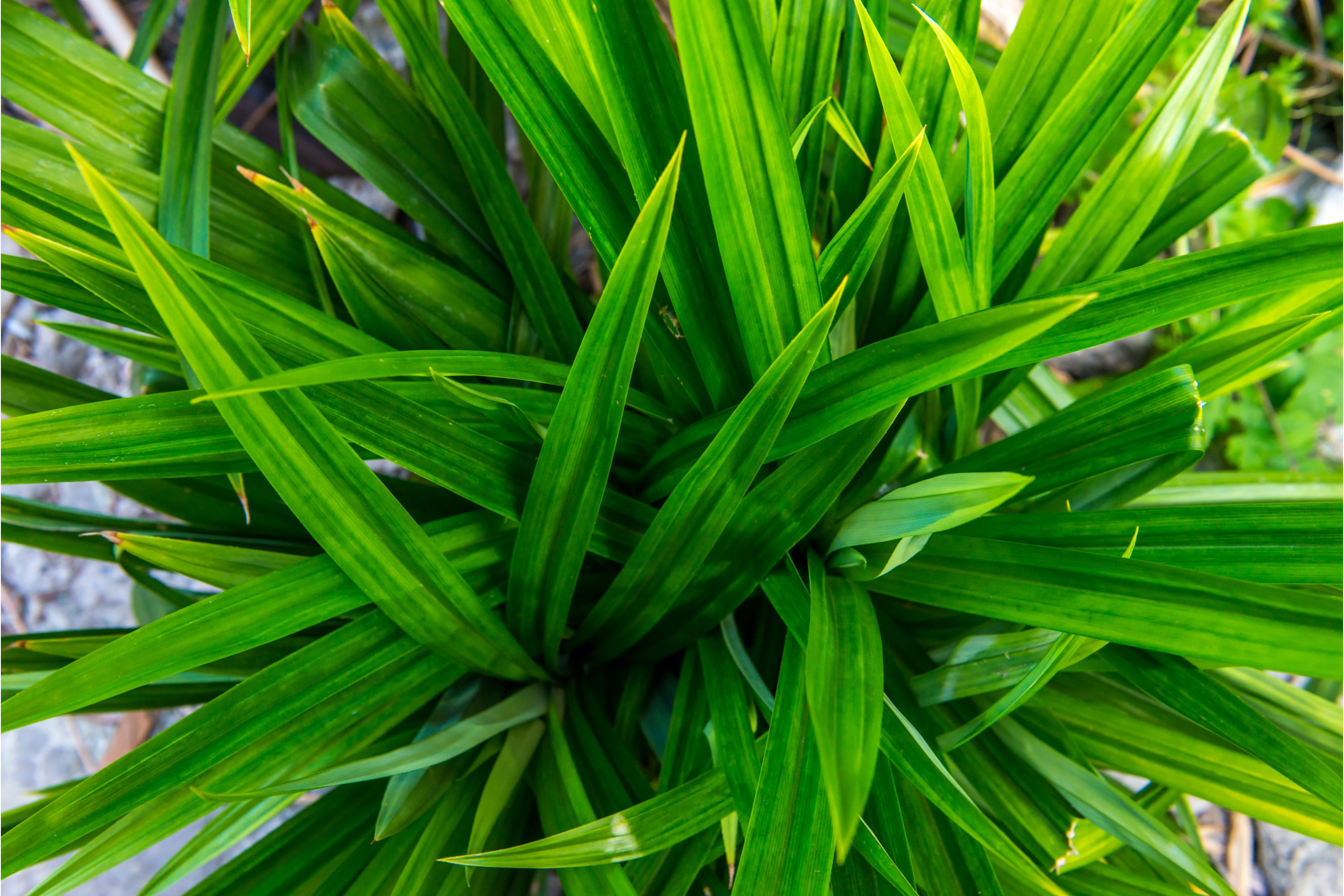Pandan
(Pandanus amaryllifolius)

Description
Pandanus amaryllifolius is a herbaceous plant that belongs to the Pandanaceae family. It is commonly known as pandan, pandanus, or screwpine, and is native to Southeast Asia, particularly in Malaysia, Indonesia, and the Philippines. The plant is widely cultivated for its culinary and medicinal properties, and has been used for centuries in traditional medicine and cooking. In this article, we will delve into the various aspects of Pandanus amaryllifolius, including its description, habitat, cultivation, culinary uses, and medicinal properties. Description Pandanus amaryllifolius is a tropical plant that grows up to 1.5 meters tall. It has long, narrow leaves that can reach up to 60cm in length and 4cm in width. The leaves are green, glossy, and have a prominent midrib. The plant produces small, white flowers that are borne on a terminal inflorescence. The fruit of Pandanus amaryllifolius is a drupe that is about 3cm in diameter and contains a single seed. Habitat Pandanus amaryllifolius is a tropical plant that thrives in warm and humid conditions. It is typically found in lowland areas near rivers, streams, and other bodies of water. The plant prefers well-draining soil that is rich in organic matter, and requires regular watering to maintain its lush foliage. Cultivation Pandanus amaryllifolius is a popular ornamental and culinary plant, and is widely cultivated in Southeast Asia and other tropical regions around the world. The plant is propagated by stem cuttings, which are taken from mature plants and rooted in a well-draining soil mix. The cuttings should be watered regularly and kept in a warm, humid environment until they establish roots. Once established, Pandanus amaryllifolius should be grown in a sunny location with well-draining soil that is kept moist but not waterlogged. The plant can be fertilized with a balanced fertilizer every two weeks to promote healthy growth. Pruning can be done to control the size and shape of the plant, and to encourage the production of new shoots. Culinary Uses Pandanus amaryllifolius is a highly valued ingredient in Southeast Asian cuisine, particularly in Thailand, Malaysia, Indonesia, and the Philippines. The leaves of the plant are used to flavor a variety of dishes, including rice, desserts, and drinks. The leaves have a unique aroma that is often described as floral, nutty, and sweet, and can enhance the flavor and fragrance of many dishes. In Thailand, pandan leaves are used to flavor the popular dessert, mango sticky rice. The leaves are also used to make pandan juice, which is a refreshing drink that is popular in the region. In Indonesia, pandan leaves are used to flavor the traditional rice dish, nasi lemak. In Malaysia, pandan leaves are used to make pandan cakes and kaya, a sweet coconut jam. Medicinal Properties Pandanus amaryllifolius has been used for centuries in traditional medicine to treat a variety of ailments. The plant contains a number of biologically active compounds, including alkaloids, flavonoids, and terpenoids, which are believed to have medicinal properties. The leaves of Pandanus amaryllifolius have been traditionally used to treat a range of conditions, including fever, headache, arthritis, and digestive disorders. The plant is also believed to have antimicrobial and antioxidant properties, which may help to protect against infections and oxidative stress.
Taxonomic tree:







